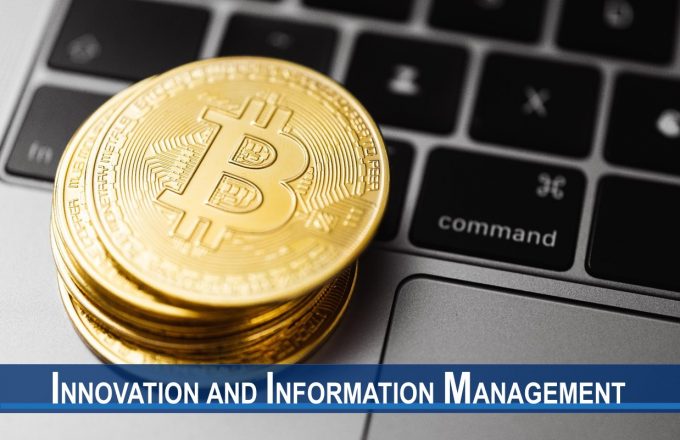From employees’ point of view, changes in ethical leadership perceptions can signal important changes in the nature of the employment relationship. Guided by social exchange theory, this study proposes that changes in ethical leadership perceptions shape how employees appraise their exchange relationship with the organization and affect their pride in or contempt for the organization. Changes in these associative/dissociative emotions, in turn, precipitate changes in behaviors that serve or hurt the organization, notably voice and turnover. Experimental data collected from 900 subjects (Study 1) and field data collected from 470 employees across 4 waves over 14 months (Study 2) converged to show that changes in ethical leadership perceptions were related to same-direction changes in employees’ pride in the organization and to opposite-direction changes in their contempt for the organization above and beyond the effect of the present ethical leadership level. Changes in pride were in turn related to same-direction changes in functional voice, whereas changes in contempt were related to same-direction changes in dysfunctional voice. The field study also provided evidence that when pride increased (decreased), employees were less (more) likely to leave the organization 6 months after. These results suggest that changes in ethical leadership perceptions are meaningful on their own, that they may alter employees’ organization-targeted behaviors, and that changes in associative/dissociative emotions are the mediating mechanism.
January 2021
Journal of Applied Psychology
We identify an important channel, acquisitions of public targets, via which the governance through trading (GTT) improves firm values. The disciplinary effect of GTT is more pronounced for firms with higher managerial wealth-performance sensitivity and moderate institutional ownership concentration. Firms with higher GTT also have higher subsequent ROA, ROE, Tobin's Q, analysts forecasted EPS growth rate, and lower expected default risk. The effect is stronger after Decimalization and robust to using two instrumental variables. We conduct several exercises to rule out alternative explanations, such as institutional superior information, investor activism, and momentum. Additional tests show that the disciplinary effect of GTT only exists for less financially-constrained firms and non-all-cash M&As where the agency problem is more likely to be prevalent.
December 2020
Journal of Corporate Finance
We investigate how communication within banks affects small business lending. Using travel times between a bank’s headquarters and its branches to proxy for the costs of communicating soft information, we exploit shocks to these travel times—the introduction of new airline routes—to evaluate the impact of within-bank communication costs on small business loans. We find that reducing headquarters-branch travel time boosts small business lending in the branch’s county. Several extensions suggest that new airline routes facilitate in-person communications that boost small-firm lending.
December 2020
The Review of Financial Studies
Does the predeal geographic overlap of the branches of two banks affect the probability that they merge, postannouncement stock returns, and postmerger performance? We compile information on U.S. bank acquisitions from 1984 through 2016, construct several measures of network overlap, and design and implement a new identification strategy. We find that greater predeal network overlap (1) increases the likelihood that two banks merge; (2) boosts the cumulative abnormal returns of the acquirer, target, and combined banks; and (3) reduces employment, boosts revenues, reduces the number of branches, improves loan quality, and expedites executive turnover.
November 2020
Management Science
Macroeconomists failed to predict the Great Recession, suggesting that the existing macroeconomic models may have been misspecified. Bearing in mind this potential misspecification or “model uncertainty,” how do agents’ optimal decisions change? Furthermore, how large are the welfare costs of model misspecification? To shed light on these questions, we develop a tractable continuous-time general equilibrium model to show that a fear of model misspecification reduces both the equilibrium interest rate and the relative inequality of consumption to income, making the model’s predictions closer to the data. Our quantitative analysis shows that the welfare costs of model uncertainty are sizable.
November 2020
The Economic Journal
早期研究顯示,社交媒體上的討論有助於預測金融市場的價格走勢。隨著社交媒體數據量的不斷增加,如何有效地從海量的雜訊中抽取有價值而相關的資料,是一門重要的課題。我們透過研究比特幣市場,分析社交媒體的情緒與價格變化的關係以及網絡凝聚力在此關係中所起的作用。由於網絡凝聚力與討論網絡內的信息相關性相關,我們假設相對凝聚力較高的網絡,凝聚力較低的社交媒體討論網絡更能準確預測翌日的回報。我們使用從Bitcointalk.org收集到的數據,以迴歸分析及模擬交易的方法,印證了我們的假設。透過分析社交媒體在金融市場所扮演的角色,我們的研究豐富了相關的文獻,亦為根據社交媒體的信號作交易的投資者提供實用的見解。
October 2020
Journal of Management Information Systems
China's civil examination system (keju), an incredibly long-lived institution, has a persistent impact on human capital outcomes today. Using the variation in the density of jinshi—the highest qualification—across 278 Chinese prefectures in the Ming-Qing period (c. 1368–1905) to proxy for this effect, we find that a doubling of jinshi per 10,000 population leads to an 8.5% increase in years of schooling in 2010. The persistent effect of keju can be attributed to a multitude of channels including cultural transmission, educational infrastructure, social capital, and to a lesser extent political elites.
October 2020
The Economic Journal
Digital ads often display video content in which immobile products are presented as if they are moving spontaneously. Six studies demonstrate a speed-based scaling effect, such that consumers estimate the size of an immobile product to be smaller when it is animated to move faster in videos, due to the inverse size–speed association they have learned from the domain of animate agents (e.g., animals, humans). Supporting a cross-domain knowledge transfer model of learned size–speed association, this speed-based scaling effect is (1) reduced when consumers perceive a product’s movement pattern as less similar to animate agents’ movement patterns, (2) reversed when a positive size–speed association in the base domain of animate agents is made accessible, (3) attenuated for consumers who have more knowledge about the target product domain, and (4) mitigated when explicit product size information is highlighted. Furthermore, by decreasing assessed product size, fast animated movement speed can either positively or negatively influence willingness to pay, depending on consumers’ size preferences.
September 2020
Journal of Marketing
This paper examines the effect of CEOs’ outside opportunities on the use of relative performance evaluation (RPE) in CEO compensation. My tests exploit the staggered rejection of the Inevitable Disclosure Doctrine (IDD) by US state courts as an exogenous increase in CEOs’ outside opportunities. I find that the rejection of the IDD leads to a significant increase in the sensitivity of CEO pay to systematic performance (less RPE). This increase is more pronounced for CEOs with greater labor market mobility and industries where proprietary information is more important and not related to measures of governance quality. These results suggest that firms link CEO pay to systematic performance to retain talent and ensure participation.
September 2020
Journal of Financial Economics

























